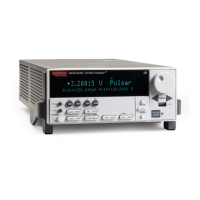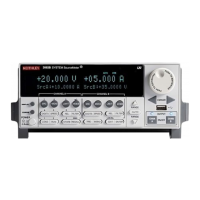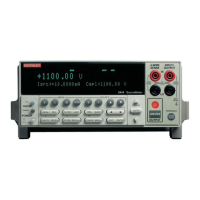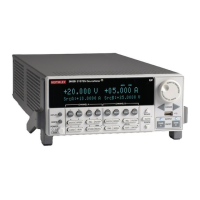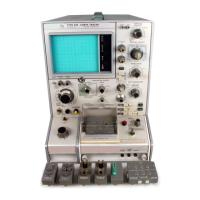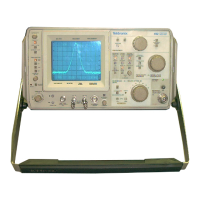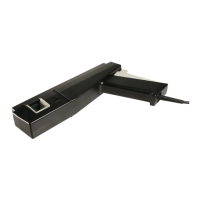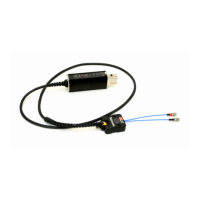The return values from status can be:
• 0: OK.
• -10000 (INVAL_INST_ID): The specified instrument ID does not exist
• -10020 (COMP_FILE_ACCESS_ERR): There was an error accessing the specified cable
compensation file
• -10021 (COMP_FILE_NOT_EXIST): The specified compensation file does not exist
• -10023 (KI590_MEAS_ERROR): A measurement error occurred
• -10090 (GPIB_ERROR_OCCURRED): A GPIB communications error occurred
• -10091 (GPIB_TIMEOUT): A timeout occurred during communications
• -10100 (INVAL_PARAM): An invalid input parameter is specified
• -10101 (ARRAY_SIZE_TOO_SMALL): The specified value for CHF_ArrSize, G_or_R_ArrSize,
V_ArrSize, CQS_ArrSize, or QT_ArrSize was too small for the number of steps in the
sweep
• -10102 (ERROR_PARSING): There was an error parsing the 590 response
• -10104 (USER_CANCEL): The user canceled the correction procedure
• -10045 (KI82_NOT_IN_KCON): KI82 is not in KCon
Procedure
1. If set, you are prompted to open the circuit so that an offset capacitance measurement can be
made.
2. If a cable compensation file is specified, the compensation information in that file for the selected
range and frequency will be loaded. If not, instrument default compensation is used.
3. A simultaneous C-V sweep is made.
Also see
None
Simultaneous C-V analysis
This section discusses the theory and techniques used in the various Keithley Instruments
Simultaneous C-V libraries. For more detailed discussions, refer to the References and bibliography
of C-V measurements (on page 6-64).
Analysis methods
The following figures show fundamental C-V curves for p-type and n-type materials. Both
high-frequency and quasistatic curves are shown in these figures. Note that the high-frequency
curves are highly asymmetrical, while the quasistatic curves are almost symmetrical. Accumulation,
depletion, and inversion regions are also shown on the curves. The gate-biasing polarity and
high-frequency curve shape can be used to determine device type, as shown below.
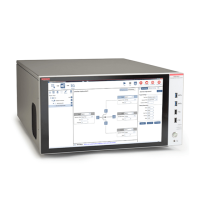
